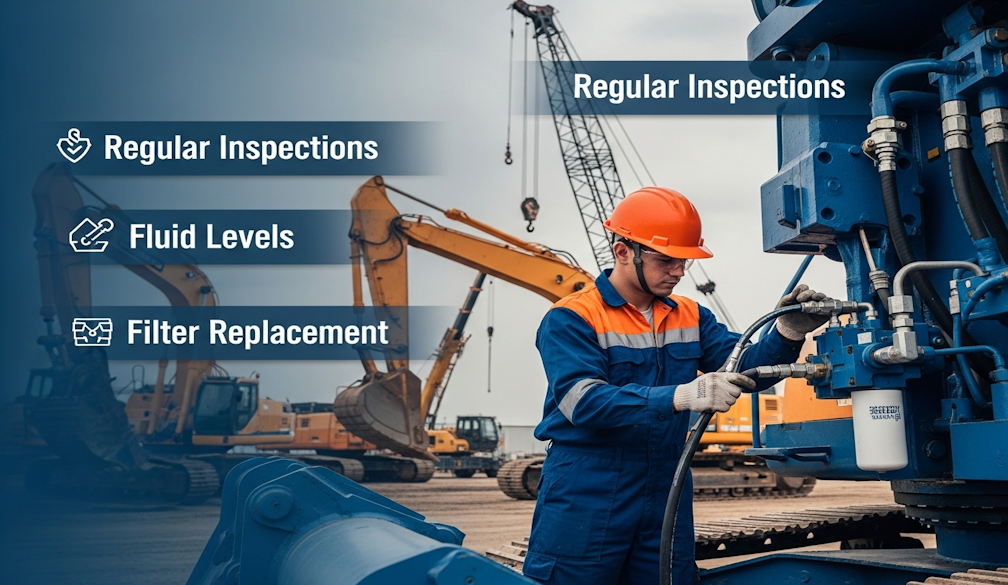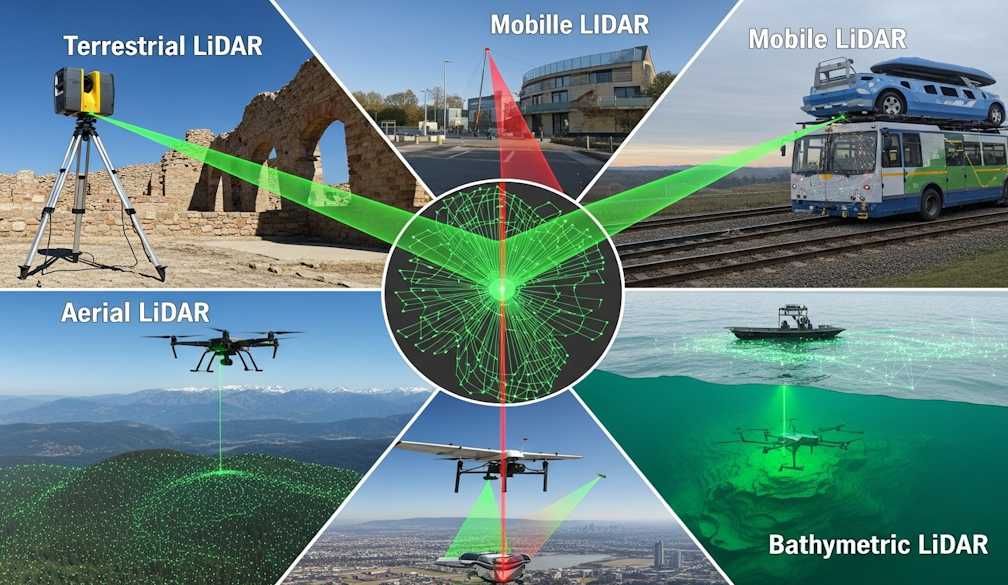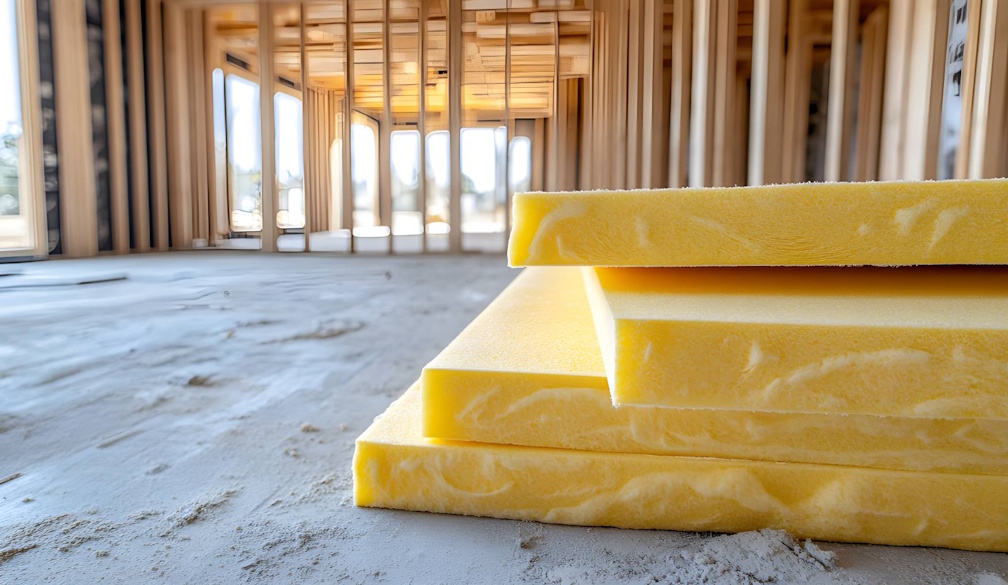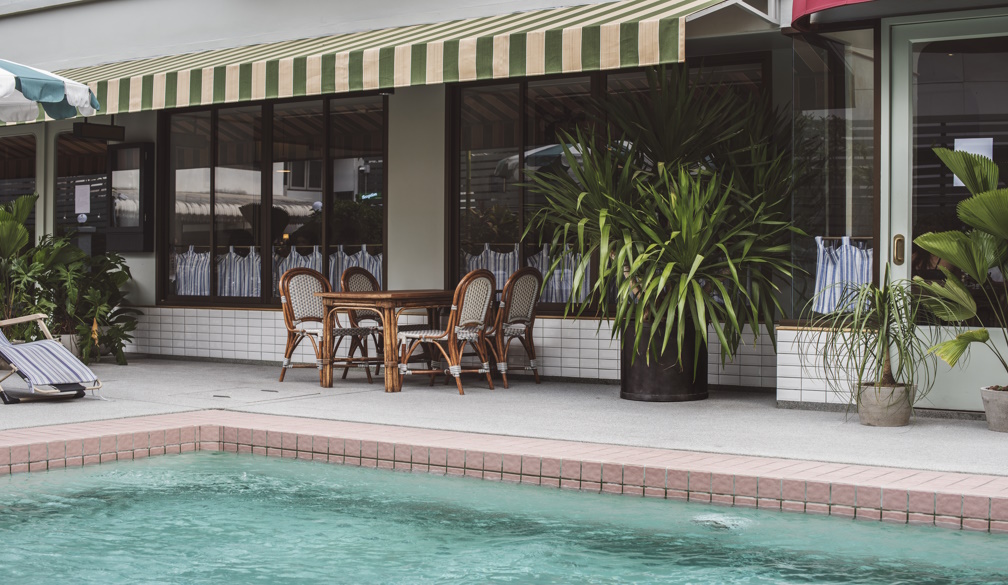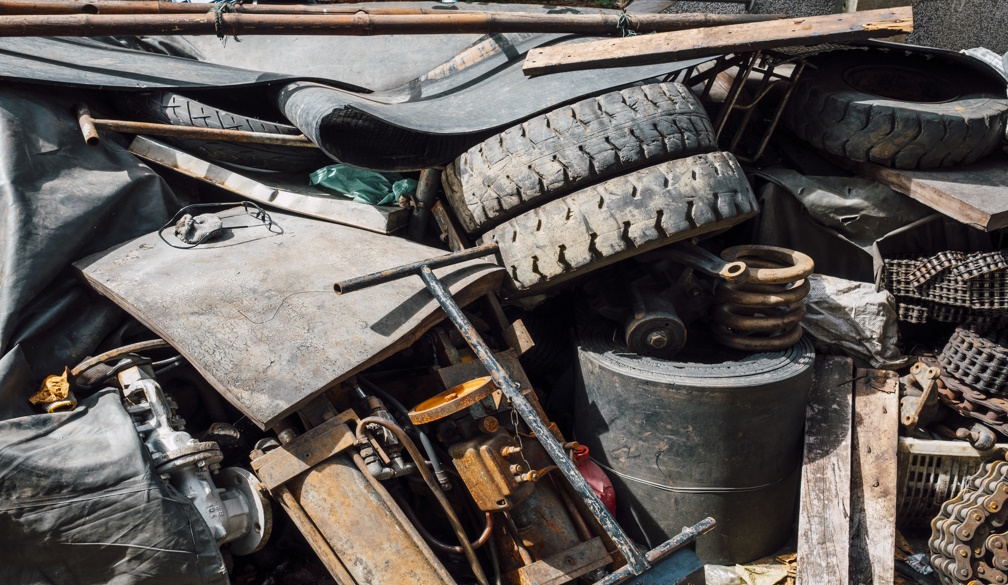10 Essential Strategies for Effective Branded Advertising Campaigns
- Written by Modern Australian

In the fast-paced world of marketing, creating an impactful branded advertising campaign is key to standing out and forging meaningful connections with your audience. Whether you’re a start-up or an established enterprise, your brand’s advertising should leave a lasting impression and drive tangible results. Here are 10 essential strategies to ensure your next branded advertising campaign hits the mark.
- Understand Your Target Audience: The foundation of any successful campaign is a deep understanding of your target audience. Invest time in researching their demographics, behaviours, and preferences. Tailor your messaging to resonate with their needs and values to build stronger emotional connections.
- Establish Clear Goals: Define what you aim to achieve through your campaign. Are you looking to increase brand awareness, drive traffic, or boost conversions? Setting clear, measurable objectives will guide your strategy and help you assess its success.
- Leverage Multi-Channel Marketing: Reaching your audience across multiple platforms increases your visibility and reinforces your message. From social media to email marketing and paid search, diversify your efforts to ensure consistent brand representation. For example, law firm branded advertising often uses targeted PPC campaigns on platforms like Google to capture the attention of specific audiences.
- Prioritise Authentic Storytelling: People connect with stories more than statistics. Create authentic narratives that highlight your brand’s values, journey, or customer success stories. Use engaging visuals and relatable content to make your campaign memorable.
- Optimise for Digital and Mobile: In a world dominated by smartphones, optimising your advertising for mobile platforms is critical. Ensure your ads are responsive, visually appealing, and load quickly across devices to provide a seamless user experience.
- Use Strong Visual Branding: Consistency in your visual elements – such as logos, colour schemes, and fonts – reinforces brand recognition. Your ads should embody your brand identity while remaining adaptable to different formats and platforms.
- Focus on SEO-Driven Content: Search engine optimisation (SEO) ensures your campaign reaches the right audience at the right time. By aligning your content with popular search terms and keywords, you increase the likelihood of discovery. This is especially critical for niche sectors like legal services or boutique industries.
- Monitor and Analyse Campaign Performance: Data-driven decisions are key to refining your strategy. Use analytics tools to track metrics such as impressions, clicks, and conversions. This will help you understand what’s working and identify areas for improvement.
- Integrate Social Proof: Testimonials, reviews, and case studies serve as powerful trust signals. Incorporate these into your campaigns to demonstrate your brand’s credibility and encourage audience engagement.
- Experiment and Innovate: Don’t be afraid to try new approaches. Experiment with emerging technologies like augmented reality (AR) ads, interactive content, or influencer collaborations to keep your campaigns fresh and captivating.
Effective branded advertising campaigns blend creativity, strategy, and data to deliver results
Whether you’re promoting consumer goods or engaging in law firm branded advertising, following these strategies will ensure your campaign achieves its goals and strengthens your brand presence. By investing in thoughtful planning and leveraging the right tools, you can create campaigns that not only capture attention but also inspire loyalty and trust.



